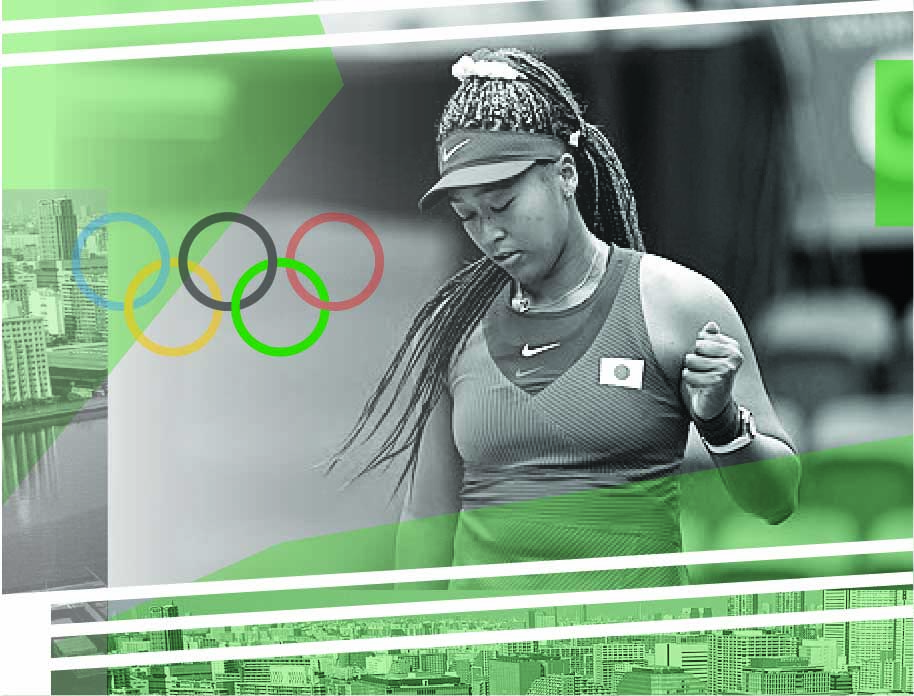
Lou Antolihao
Lecturer of Sociology at the National University of Singapore. His research interests include basketball, the YMCA, sports and imperialism, and travel studies.

- The Tokyo 2020 Olympic Games: British imperial identity affirmed
- How much is too much home-nation focus in Olympic coverage?
- South Korea’s changing status and perspective on Japan
- National and ethnic Chinese identities on the Indonesian badminton court
- The Men’s 1500 metres: Not quite erasing the ghosts of history
- Home advantage in the Summer Olympic Games: evidence from Tokyo 2020 and prospects for Paris 2024
- Historical disputes, national identity, and the South Korea-Japan summit that did not happen
- Sports betting and the branded purity of the Olympics
- Communicating corporate social responsibility at the Tokyo 2020 Olympic Games
- Silence in the stands: Does it matter for fans?
- Fans as MVP, or the need for sensuous audiences in sport
- Red, white, and rivalry: A brief discussion of United States rivalry at the Tokyo Olympic Games
- Empty stadiums and the other sites of Olympic fandom
- Pop culture diplomacy: Japan’s use of videogames, anime to promote the Olympics and appeal to younger audiences
- Fans as MVP, or the need for sensuous audiences in sport
- Red, White, and Rivalry: A Brief Discussion of United States Rivalry at the Tokyo Olympic Games: Olympic and Paralympic Analysis 2020: Media, Fans and the Politics of Sport
- At the intersection of COVID-19 and Tokyo Olympics 2020: Vlogs and the expression of Chinese nationalist sentiments
The Olympic Stadium is the heart of the Games. Thus, when officials decided to hold most of the events for the 2020 Tokyo Olympics behind closed doors due to the resurging pandemic, many were concerned that the empty venues would not provide the usual flair and feel that defined past Olympic events. Moreover, there were more practical concerns about the loss of revenue and the adverse economic impact of hosting the Games on the Japanese economy. There were also concerns about its impact on the athletes who often draw energy from their supporters in the stands. More importantly, there were questions about what the empty venues say about the future of sports and the role of the fans in it.
After more than a year of physical distancing, lockdowns, and moving our lives online, the decision to bar spectators did not receive much opposition; many Japanese even wanted to have the Olympics cancelled. Besides, the stadium is not the only site of Olympic fandom. Despite their capacity to accommodate tens of thousands of spectators, stadiums can only hold a small fraction of Olympic fans. Using the available technology, fans followed the various competitions as well as all the action, drama, and intrigue that goes with them through word of mouth, newspapers, radio, television, and, recently, via smartphones. In fact, most fans have coped with empty stadiums with last year’s lockdown European football matches, the NBA Bubble, and a few other closed-door competitions. They have shown that the stadium can serve solely as a stage or as a production set for a “show” that is mainly produced for broadcasting than for live audiences.
Finding fandom
So where did the Olympic fans go? Expectedly, most stayed home and watched the games on television. However, recent surveys showed that even television viewership declined during the 2020 Tokyo Olympics compared to the past Games. According to Reuters, the TV viewership for the Opening Ceremonies “declined by 37% from 2016, when 26.5 million people watched the Rio de Janeiro Games opener, and 59% from 2012, when 40.7 million people watched the London ceremony.” Are there links between the empty stadiums and low television viewership? Although fans play an important part of sports spectacles, their absence is compensated by visual (cut-outs, Zoom screens, etc.) and sound effects (recorded cheers, musical backgrounds, etc.). The impact of these sensory augmentations needs further study but in the case of the 2020 Olympics, the decline in television viewership can be attributed to the overall feeling of pessimism about the games. An earlier survey conducted by ZetaPulse revealed that 45.2% of US consumers were not keen on the Tokyo Olympics while 17.5% were undecided. With the pandemic still raging in different parts of the world, many people thought that the Olympics should be the least of priorities for nations in these challenging times.
Apart from the adverse impact of the pandemic, there are fewer television viewers for the 2020 Tokyo Olympics because most sports fans have already moved online. Reuters also reported that the streaming audience of the Tokyo Olympics opener increased “76% from the 2018 PyeongChang opening ceremony and 72% from the 2016 Rio opener.” This data reflects the global shift in viewing habits that saw the decline of television as streaming and social media has become the most popular means of viewing news, entertainment, and sports.
However, “online” is not a venue but a means of access to content: physically people are still “somewhere” while online. Scholars have pointed out the importance of “the third venue” – a site between the stadium and the home – as the emerging site of sports fandom. Recently, the “Deer District” outside the Fiserv Forum in Milwaukee is an excellent example of a third venue. Other examples of third venues are sports bars, IMAX Theaters, and other sports-themed venues. Another analytical frame that is more relevant to scaled-down and closed-door sports events is the concept of the “post-venue”. I argue that with the ubiquity of digital technology, the portability of viewing devices, and the use of provisional, or even “stealth” sites such as parking lots and public parts will play greater roles as “sites of fandom” in years to come.
Seeking spectators
Unlike television audiences, online fans are not merely recipients of sports broadcasts but are active agents who can react to the content that they receive and even use the information in their own social media posts. Sports media companies are using Twitter or Instagram to connect to fans while a quick search on YouTube or Facebook reveals thousands of influencers and small content creators who are producing their own analysis of the different sports events at the Olympics.
Sports has long been compared to religion. Today, there is a trend where people are increasingly putting more emphasis on spirituality than religiosity. This fundamental social change is often illustrated by the decreasing number of people going to large places of worship (“dwellers”) and the growing popularity of small communities of believers and individual spiritual searching (“seekers’). Similarly, the empty stadium marks the shift of Olympics and sports fandom away from large venues and into smaller, multiple sites.

